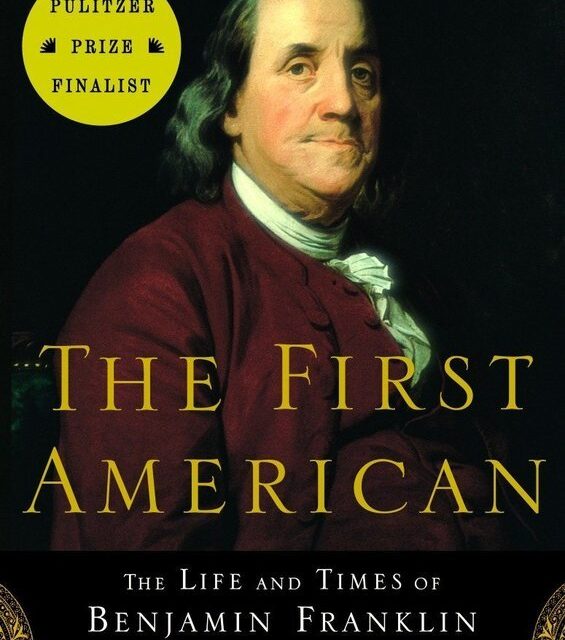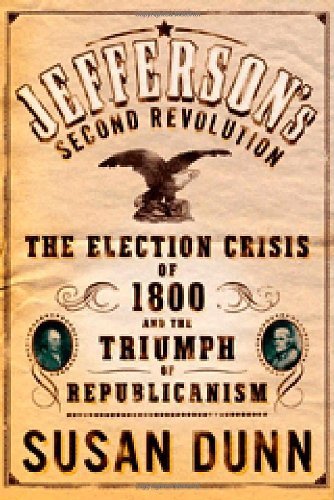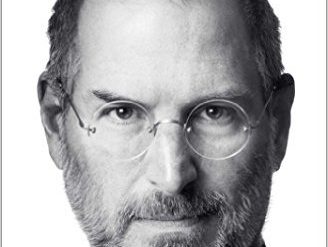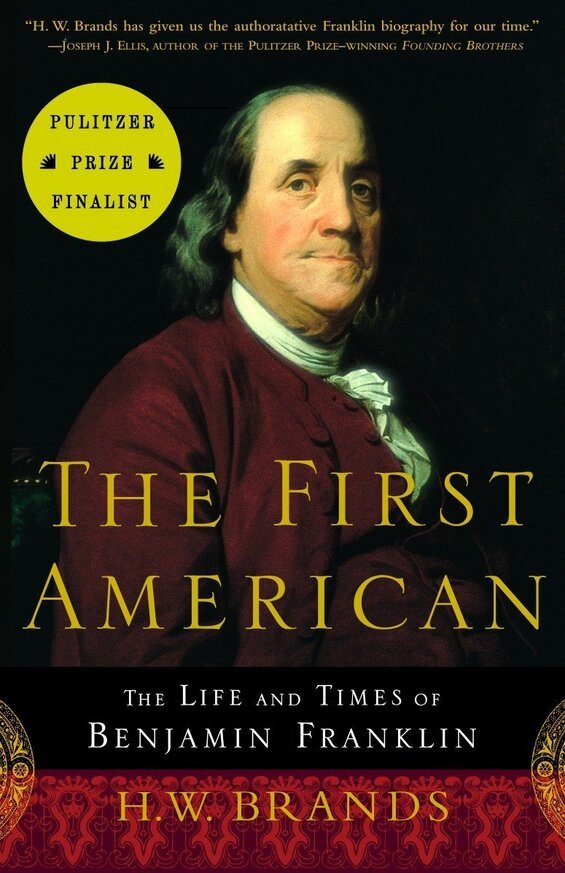
The man’s own story—The Autobiography of Benjamin Franklin—is one of the most widely read books in American history. The image that comes through in that unfinished account, which Franklin called his Memoirs, is that of a pious, straitlaced striver, ever ready with an admonition to hard work and healthy habits. Although praised as one of the most outstanding autobiographies ever written, it suffers from the weakness endemic to the genre in its omission of much that would have given a more well-rounded picture of the man.
Estimated reading time: 6 minutes
H. W. Brands’ new Benjamin Franklin biography, The First American, corrects the record with copious references to what Franklin’s family, friends, and enemies alike said or wrote about him at the time. The book is brilliant. For anyone with an interest in colonial America and the Revolution, it’s must reading. And, like the best novels, it’s hard to put down.
A man almost everyone liked
What do we Americans know about this remarkable man if our only source of information is what we learned in school? Not much. We suffer from a surfeit of clichés. Franklin with his son in a thunderstorm flying a kite to capture lightning. At his printing press, laboring over Poor Richard’s Almanac. Signing the Declaration of Independence. But, of course, the man was far more complex. And in nearly 800 pages, Professor Brands makes full use of the opportunity to appreciate all of Franklin’s contradictions and peccadilloes. The First American paints a picture of a man, invariably regarded as a genius, who acquired numerous enemies as he made his way through a long life in the spotlight of public acclaim. Yet what comes through, above all, is that Benjamin Franklin was a man almost everyone liked despite his abundant faults.
The First American: The Life and Times of Benjamin Franklin by H. W. Brands (2000) 786 pages ★★★★★
Finalist for the 2001 Pulitzer Prize for Biography
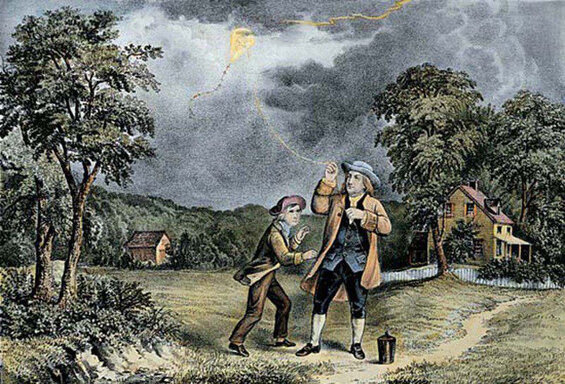
Printer, publisher, scientist, and much more
If we know anything at all from the history we learned in school, we look on Benjamin Franklin as a printer and publisher and a scientist. He was, of course, all those things. But what we are unlikely to have learned is that Franklin retired from the printing business in 1748, with nearly half his life ahead of him. And he was far more than the “electrician” known to the public who invented the lightning rod. In fact, Franklin was arguably the world’s most famous scientist, admitted to the Royal Society in the company of the empire’s leading “natural philosophers” as well as the French Académie des sciences.
“A true polymath,” Brands writes, “he was at home with experts in electricity, meteorology, geology, linguistics, mathematics, literature, philosophy, and politics.” Though without even any secondary education, he received widespread acclaim and honorary degrees for his discoveries in numerous scientific fields. This new Benjamin Franklin biography delves into the man’s work in many of these fields, and always in an engaging manner.
Franklin, the Renaissance Man
Franklin also distinguished himself as a supremely influential legislator. He was also the colonies’, and later America’s, leading diplomat for three decades. In fact, Franklin was the only person who signed all four founding documents of the American Republic: the Declaration of Independence (1776), the Treaty of Alliance with France (1778), the Treaty of Paris establishing peace with Great Britain (1783), and the U.S. Constitution (1787). He was also a notably successful businessman. Profits from his print shop in Philadelphia enabled him to set up printing companies in New York and North Carolina and to invest in land in Canada. He was a prolific inventor, responsible for the efficient Franklin stove, bifocals, and a musical instrument popular among his contemporaries as well as the lightning rod. And his writing on demographics and economics inspired both Adam Smith and Thomas Malthus. In short, as this new Benjamin Franklin biography makes clear, he was a Renaissance Man, or the phrase loses meaning.
Fractured family relationships
Franklin “was the eighth child of his mother and the fifteenth of his father.” Of Josiah and Abiah Franklin’s ten children, all boys, Ben was the youngest. Brands’ reporting suggests that his relations with his parents were strained—for many years, he and his father never spoke—and when he fled Boston to escape indenture with his oldest brother, James, he made an enemy for life.
In later years, Franklin’s own (illegitimate) son split with him over the Revolution. While still in favor in the English court, he had arranged for William to be named royal governor of New Jersey. But William sided with the so-called Loyalists once fighting erupted, breaking with his father. Franklin was, however, more successful with his long-suffering wife, Sarah, whom he abandoned for nearly eighteen years to serve overseas on behalf of the colonies and later the United States. He also managed strong relationships with their daughter, Sally, and, after a rocky beginning, her husband, Richard Bache; with William’s illegitimate son, Temple Franklin, whom he essentially adopted as his own; and with Franklin’s own grandson, Benjamin Franklin Bache.
New perspective on America’s colonial history
The history we learn in school saddles us with distortions, oversimplifications, and clichés. What, for example, do we know about the Boston Tea Party? We’re led to believe that a gang of colonists dressed as Indians and led by Sam Adams of the Sons of Liberty dumped tons of British tea into Boston Harbor to protest an import duty. “Taxation without representation,” was the buzzword I learned then. But that tax—the Stamp Tax—had been in place for just one year in 1765-6 and was repealed seven years before the celebrated protest.
What really brought the colonists out to the harbor that night was a Parliamentary Act that required the colonists to buy their tea exclusively from agents of the British East India Company. This ensured that local merchants would lose the lucrative tea trade. The Boston Tea Party had little to do with liberty and everything to do with commerce. And this is just one of a great many episodes in America’s colonial history that Professor Brands brings to new light in this outstanding book.
About the author
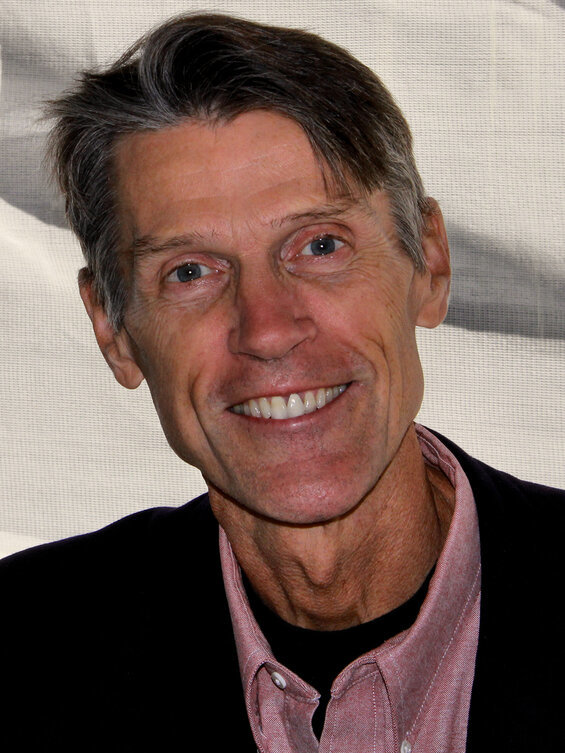
H. W. Brands (1953-) holds degrees from Stanford University, Reed College, Portland State University, and the University of Texas at Austin, where he received a PhD in History in 1985. Since 2005, he has taught history there. He now chairs the history department. He has published thirty-five biographical histories and edited four more.
For related reading
You might also enjoy 10 great biographies and Top 20 popular books for understanding American history.
And you can always find my most popular reviews, and the most recent ones, on the Home Page.

